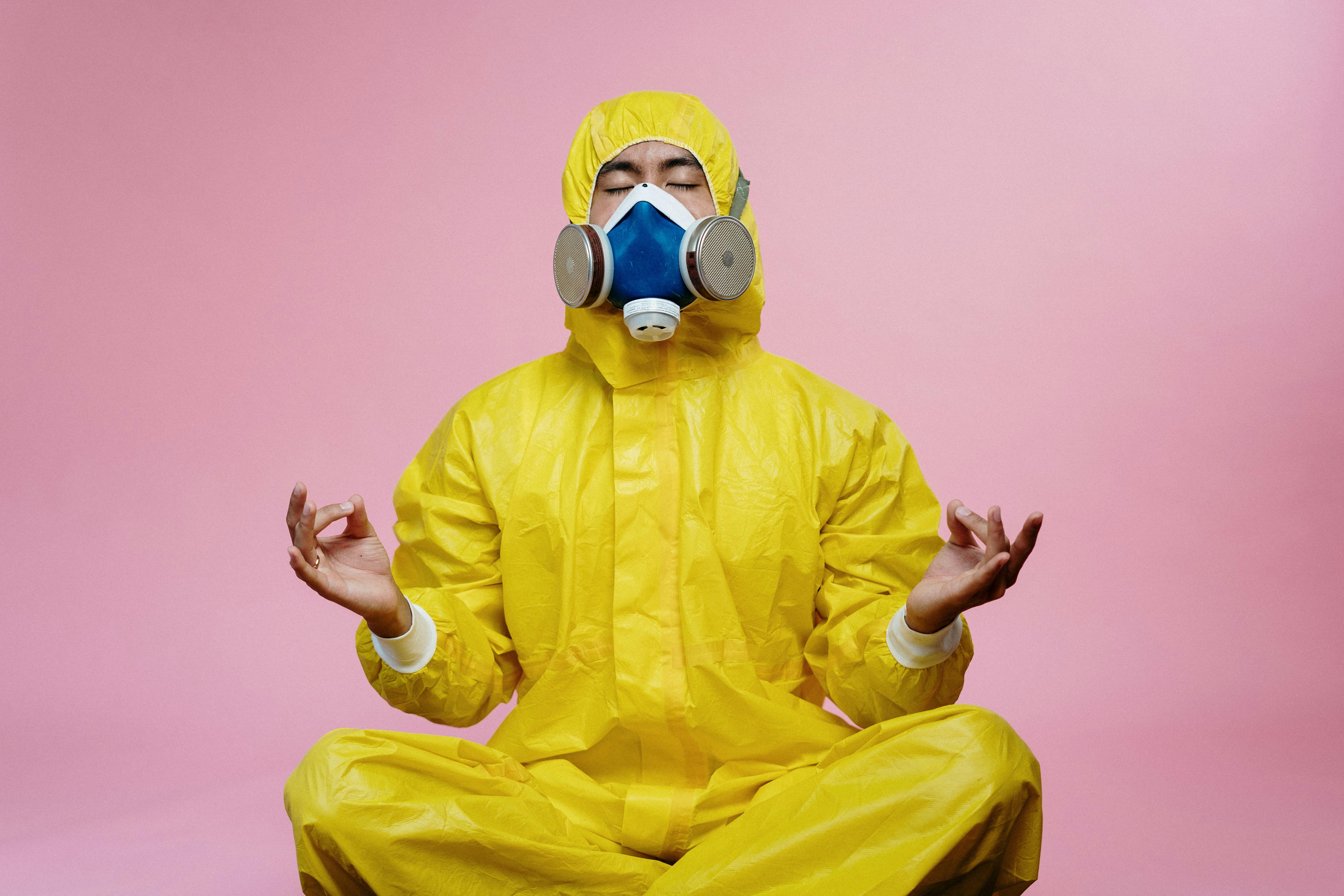An ovarian cyst is a small, fluid-filled sac surrounded by a very thin wall that develops inside a woman’s ovaries. This commonly occurs in menstruating women and is most often asymptomatic and some resolve without medical intervention. In the US, ovarian cysts are found almost in premenopausal women and in up to 14.8% in postmenopausal women.
Although, for many women, an ovarian cyst can develop without symptoms, it is still very important to know if any of the following are observed:
– Pelvic or lower abdominal pain, which may start and stop and may be severe, sudden and sharp
– Irregular menstrual periods
– Sensation of lower abdominal or pelvic pressure or fullness
– Long-term pelvic pain after strenuous exercise or sexual intercourse
– Pain or pressure when urinating or defecating
– Nausea and vomiting
– Vaginal pain or blood spots from the vagina
– Infertility
Medical attention should be sought if the following symptoms occur:
– Fever
– Abnormal pain or tenderness in the abdomen; or pelvic area
– Nausea and vomiting
– Weakness, dizziness or fainting
– Paleness or anemia (possibly from blood loss)
– Abnormal or irregular heavy menstruation
– Abdominal swelling or unusual increase in abdominal circumference
– Abdominal pain if taking blood thinners such as warfarin
– Increased facial hair similar to a male pattern
– High or low blood pressure not related to medication
– Excessive thirst or urination
– Unexplained weight loss
– Obvious abdominal or pelvic mass
When a woman presents the following symptoms, she should immediately go to a hospital emergency department:
– Weakness, dizziness or fainting, especially when standing
– persistent fever
– Severe pain in the lower abdomen or pelvis
– High or low blood pressure not related to medication
– Excessive thirst or urination
– Unexplained shoulder pain combined with abdominal pain
– Persistent nausea and vomiting
The ovarian cyst affects women of all ages. Although, in most cases, it is benign (not cancerous), some can also cause problems such as rupture, bleeding, or pain, and surgery may be required to remove cysts larger than 5 centimeters in diameter. Due attention should be paid if any of the listed symptoms occur.
